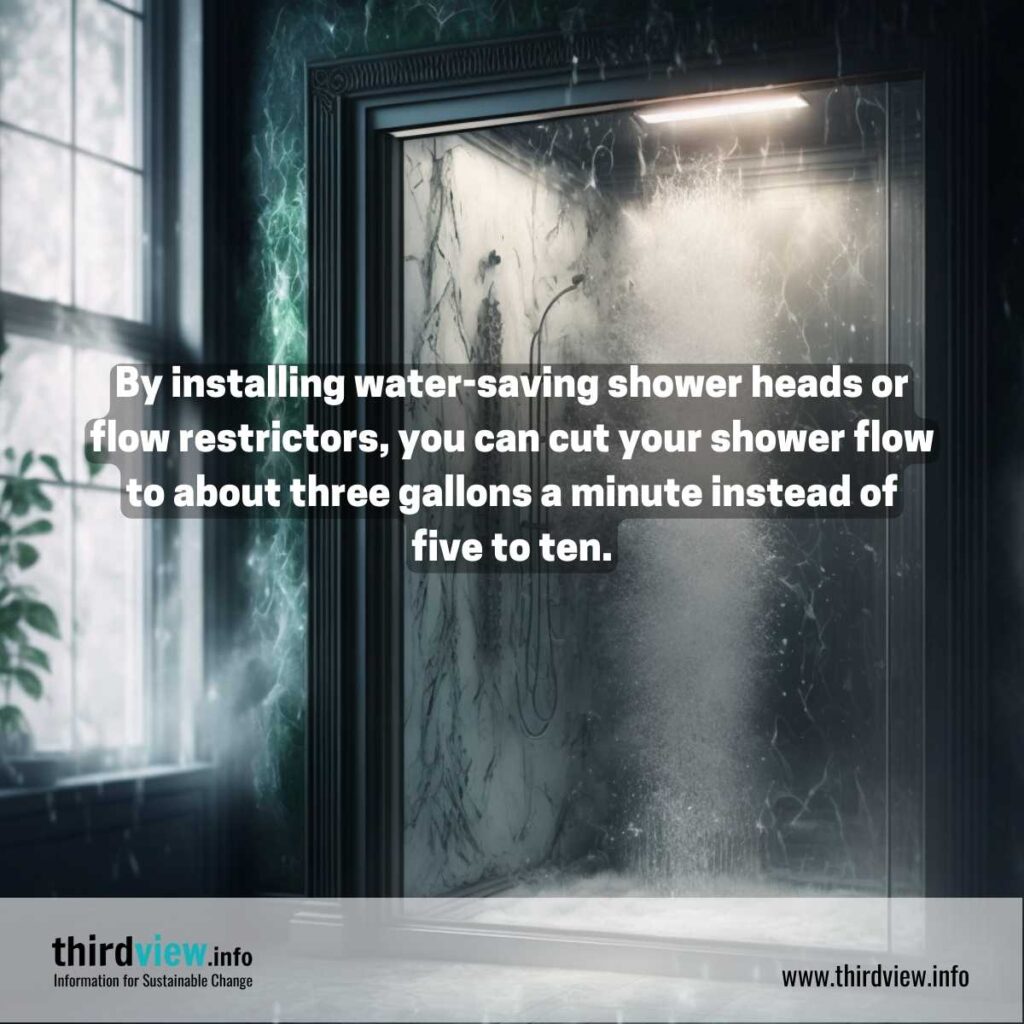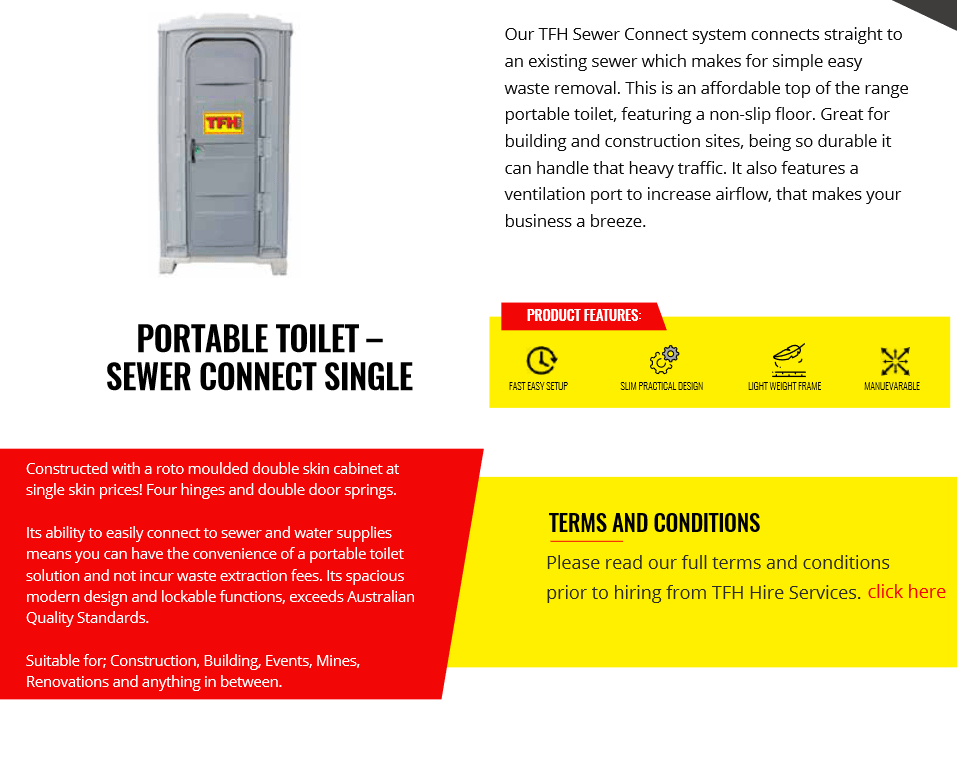The Buzz on Reclaim Waste
The Buzz on Reclaim Waste
Blog Article
Excitement About Reclaim Waste
Table of ContentsHow Reclaim Waste can Save You Time, Stress, and Money.The smart Trick of Reclaim Waste That Nobody is Talking AboutOur Reclaim Waste IdeasSome Ideas on Reclaim Waste You Need To KnowReclaim Waste Things To Know Before You Buy
Check out the kinds, occurrences, and kinds of fluid waste. Domestic sewage waste describes the waste and items from a residential septic system. This kind of waste is developed by people in homes, institutions, and other structures. This only consists of septic containers that have a drain field. The proper administration and disposal of domestic sewage waste need liquid waste to be transferred to a sewer therapy plant where the appropriate approaches and tools are put on cleanse and deal with waste.
Business waste usually includes potential risks, such as flammable materials or a mix of fluid and solid waste items, and needs a much more advanced and thorough disposal procedure. The disposal of business waste typically involves the filtration of waste prior to transport to make sure secure and appropriate disposal. Hazardous waste is created from by-products and drainage of industrial processes and manufacturing.
This sort of waste can not utilize the same sewer monitoring transportation or procedures as septic or business fluids. The industrial waste administration procedure needs the examination and screening of liquid waste before it undergoes the disposal process (liquid waste removal). Overflow waste is the liquid waste that comes from drainage and excess stormwater in very inhabited locations or cities
Runoff waste can cause contamination and flooding otherwise dealt with appropriately. Discover much more about sewage system cleansing and waste management. Ensuring appropriate waste monitoring can stop calamities and minimize ecological harm. Both people in residential settings and experts in commercial or manufacturing markets can gain from understanding the processes and guidelines of liquid waste monitoring.
Unknown Facts About Reclaim Waste
Contact PROS Services today to learn more about our waste management and disposal solutions and the correct means to look after the liquid waste you create.
(https://anotepad.com/note/read/pkncyr85)This supposed 'wastewater' is not just an essential source however, after treatment, will be released to our land, waterways or the ocean. Utilized water from bathrooms, showers, baths, kitchen area sinks, laundries and commercial processes is understood as wastewater.

water utilized to cool machinery or clean plant and tools). Stormwater, a kind of wastewater, is drainage that streams from farming and urban areas such as roofing systems, parks, gardens, roadways, paths and seamless gutters right into stormwater drains pipes, after rainfall. Stormwater flows without treatment directly to neighborhood creeks or rivers, at some point reaching more info here the ocean.
The Of Reclaim Waste
In Queensland, a lot of wastewater is treated at sewage treatment plants. Wastewater is delivered from domestic or industrial websites with a system of sewage systems and pump terminals, referred to as sewage reticulation, to a sewer treatment plant. City governments build, preserve and run most sewage therapy plants. Operators are accredited under the Environmental Defense Act 1994 to release treated wastewater at an acceptable environmental standard right into rivers.
The Division of Natural Resources encourages city governments regarding handling, operating and preserving sewerage systems and therapy plants. In unsewered locations, regional federal governments may need householders to set up private or home sewage treatment systems to deal with residential wastewater from toilets, cooking areas, bathrooms and washings. The Division of Natural Resources authorizes using family systems when they are confirmed to be reliable.
In some new communities, therapy of some stormwater to remove litter, sand and gravel has actually begun utilizing gross toxin catches. Wastewater therapy occurs in four phases: Eliminates strong matter.
Makes use of tiny living microorganisms recognizes as micro-organisms to break down and get rid of continuing to be dissolved wastes and fine particles. Micro-organisms and wastes are incorporated in the sludge.
A Biased View of Reclaim Waste
Nutrient elimination is not offered at all sewage therapy plants since it needs pricey specialized devices. Clear liquid effluent generated after therapy might still have disease-causing micro-organisms - liquid waste removal melbourne.

This usually means wastewater has actually to be dealt with or impurities eliminated before it can be discharged to waterways. A lot of wastewater moves into the sewerage system. Under the Act, city governments administer authorizations and permits for ecologically relevant activities (ERAs) entailing wastewater releases that might have a neighborhood effect. The division provides authorizations and permits to Ages entailing wastewater launches that could have a regional or statewide impact.
Some Ideas on Reclaim Waste You Need To Know
Tracking gives accurate info concerning water top quality and can confirm that permit problems are being satisfied. The information obtained via tracking supplies the basis for making water high quality choices.
Report this page